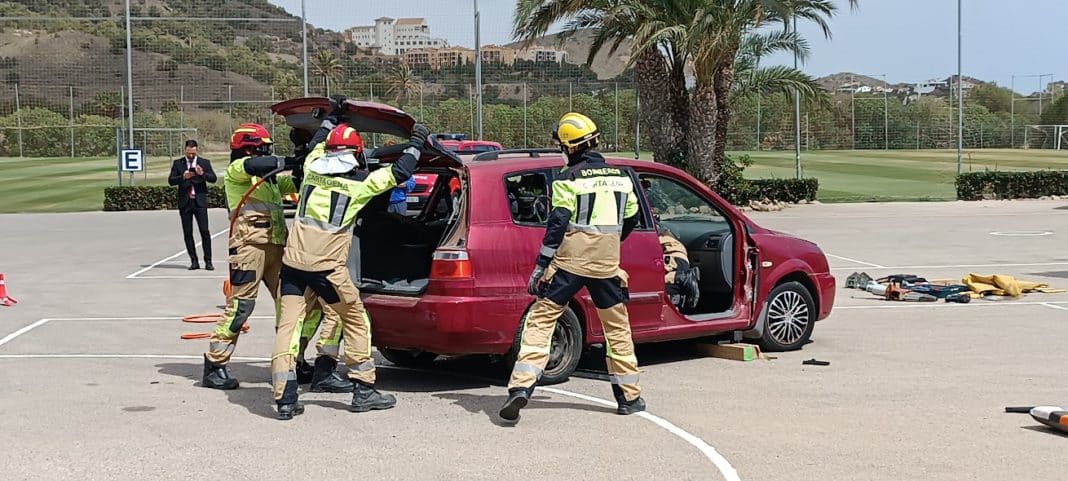In the first 3 months of this year, fatalities on interurban roads in Spain increased by 16%, which equates to around 20 people every week, not including those who were killed in towns or cities and is steering away from the “Road to Zero” initiative of reducing roads deaths.
To the 261 people who lost their lives in the first quarter, we must also add 908 people who were hospitalised as a result of road traffic incidents, and all of this during a time where the physical characteristics and ability of vehicles are getting safer, which also increases the false sense of security drivers sometimes exhibit, and therefore, the conclusion can only be that it is the human interactions that are worsening, or to put it another way, it is a result of the actions of people, actions which we are all in power to stop, if we choose to.
Amongst some of the key points from the latest situation is that the number of deaths has increased more than the number of hospitalised injuries. Deaths on motorways have increased by 50% compared to the same period last year. There have been more serious incidents involving alcohol and inappropriate speed. The number of deaths traveling by car and motorcycle has increased by 23 percent.
By age, almost all of the increase in deaths occurred between 45 and 54 years of age (from 40 to 61 deaths), considerably different from the typical young male under the age of 25 group which is normally considerable.
However, it is also clear that many drivers need help in being made aware of the dangers, and so the Minister of the Interior, Fernando Grande-Marlaska, has presented a package of measures with which the General Directorate of Traffic (DGT) aims to reduce the number of traffic incidents and the fatal consequences.
Amongst the measures which will be implemented to try to reverse this fatal trend will be an increase in automated speed monitoring, an increase in traffic officers in the Traffic Group of the Guardia Civil, greater surveillance on motorways, increased alcohol and drug controls, and reinforcement of motorcyclist safety, amongst others.
There will also be an increase in the information, awareness and promotion of preventive culture, with concrete actions implemented to address the incident rate and promote awareness of this problem. These measures include the public presentation of this shock plan, the strengthening of communications through press releases, social networks and media. Variable messaging panels will be used intensively to disseminate road safety awareness messages, especially adapted to the specific characteristics of the road or section in question and the incident rate present in said area.
However, all of this is fruitless, if we, the users of the roads, don’t heed the advice and take stock of our own actions. It is more important than ever that we all play our part by respecting and adhering to traffic laws, showing mutual respect for all road users, avoiding alcohol, drugs, and driving at an inappropriate speed, and acting with a positive attitude to be a part of the solution to preventing these mostly avoidable deaths.
You can read more about the shock plan and the new measures on the website, n332.es.





